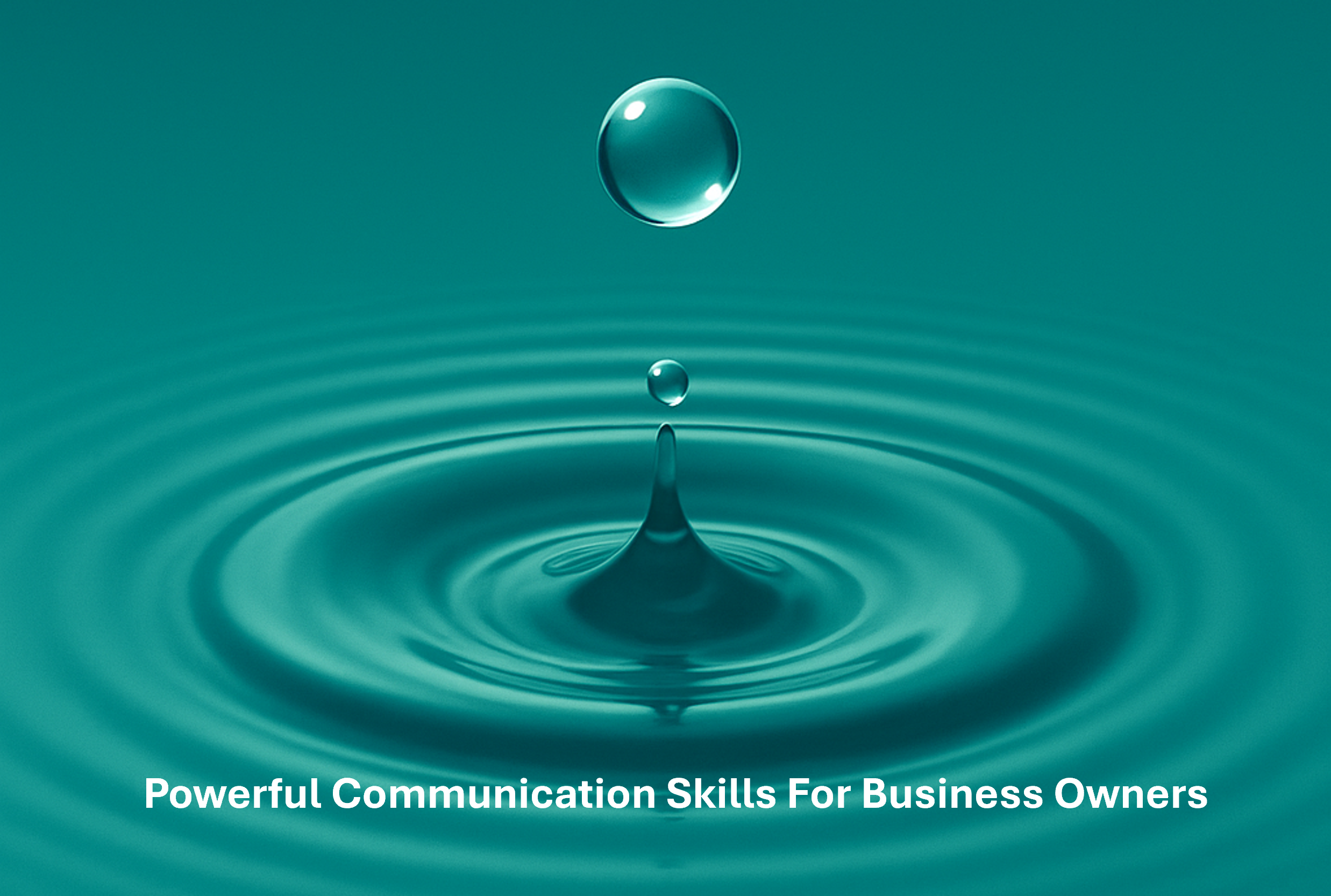12 - Assertive, Not Aggressive – Speaking Up With Confidence
Clarify what assertiveness looks like and offer a practical formula for difficult conversations
In most New Zealand workplaces, being too aggressive will land badly. But staying quiet isn’t a solution either.
So how do you speak up, hold boundaries and say what needs to be said, without coming across as pushy or abrasive?
The answer is assertiveness. Not the shouty kind. Not the overly polite version that folds at the first sign of tension. Real assertiveness is calm, clear and respectful. It protects your message without attacking the other person.
In an SME, where people often work in close quarters and wear multiple hats, assertive communication isn’t just a nice-to-have. It’s how you avoid bottlenecks, resentment and festering problems.
The Spectrum - Passive – Assertive – Aggressive
Think of workplace communication as a sliding scale -
Passive - Avoids conflict at all costs. Doesn’t speak up. Says yes when they mean no.
Assertive - Speaks clearly. Holds boundaries. Listens well. Stays respectful under pressure.
Aggressive - Pushes others. Dominates conversations. Blames or shames. Demands instead of discusses.
Assertiveness sits right in the middle. It lets you stand your ground without stomping on anyone else.
Why Assertiveness Is Hard for Some People
They don’t want to seem rude
They fear conflict or tension
They don’t know how to say no without guilt
They weren’t taught the language for it
They’ve seen bad examples of ‘speaking up’ that looked more like shouting
But here's the truth - assertiveness isn’t loud. It’s steady. It’s the ability to speak your truth in a way others can hear.
What Assertiveness Looks Like
In practical terms, assertiveness sounds like -
“I disagree and here’s why…”
“I can’t take that on right now. My plate’s full.”
“Let’s pause, I think we’re talking past each other.”
“I want to share something that’s bothering me so we can work it out.”
“I’d like to finish what I was saying.”
It looks like -
Standing or sitting upright
Calm, measured tone
Open body language
Eye contact (if culturally appropriate)
Willingness to hear the other person without backing down on your own point
The Formula - Name / Claim / Frame
This is a simple way to structure an assertive statement -
Name – the issue
Claim – your experience or position
Frame – what you want to happen next
Example 1 (Team issue) -
“I’ve noticed the reports have been late the last two weeks. That’s putting pressure on our client comms. I need them on time going forward - can we talk about what’s getting in the way?”
Example 2 (Boundary) -
“I’ve had a lot of last-minute requests this week. I’m feeling overloaded. I’d like us to plan the week ahead better - can we agree on a quick check-in every Monday?”
Example 3 (Conflict reset) -
“The way that came across in the meeting didn’t sit well with me. I know tensions were high, but I want to clear the air. Can we have a quick chat about it?”
You’re not demanding. You’re not apologising. You’re making the message clear and solution-focused.
Assertiveness ≠ Harshness
You can be assertive and kind. The goal isn’t to “win” the conversation - it’s to express yourself in a way that respects everyone involved.
That means -
Using I language instead of you accusations
(“I felt frustrated when…” vs. “You never listen…”)Keeping tone steady, not sharp
Focusing on behaviour, not character
(“That comment felt dismissive” vs. “You’re so rude”)
A Story From the Staffroom
In a Napier café, the owner, Rewa, had a junior staff member who kept arriving late. She didn’t want to be harsh, so she kept saying things like, “Hey, all good, just try to be on time next time.”
The lateness continued. The team got annoyed. Finally, Rewa sat the staff member down and said - “I value having you on the team, but the repeated lateness is affecting everyone else. I need you to be on shift five minutes before start time, ready to go. Is that manageable for you?”
The message was clear. There was space for response. The behaviour changed. Assertiveness isn’t about being mean. It’s about being meaningful.
When You’re Challenged for Being Assertive
Sometimes, when you start speaking up more clearly, people push back.
You might hear -
“Why are you being so difficult?”
“Just chill out.”
“You used to be more easy-going.”
“That’s a bit much, isn’t it?”
This is often a sign that your communication style has changed and others are adjusting.
Stay steady. Assertiveness isn’t rudeness. If someone says you’re too direct, you can say - “I’m working on being clearer and more upfront. My goal’s not to offend, but to avoid misunderstandings.”
Practice Makes Easier
Like any skill, assertiveness builds with repetition. Start small -
Speak up when you’d usually stay quiet
Say no when you mean no
Ask for what you need instead of hinting
Call a reset when things go off track
You don’t need to get it perfect. You just need to keep trying.
Final Thought
Assertiveness is courage with a calm voice. It’s the ability to speak up not to dominate, but to connect, clarify and move forward.
In a small team, it protects energy, prevents burnout and builds trust. It lets people know where they stand and gives them permission to be honest too.
Next up, we’ll look at one of the toughest workplace skills of all - how to say no without burning bridges.
If you’d like a confidential, free of charge, free of obligation conversation about your business, here’s how to get me.
📞 Phone +64 275 665 682
✉️ Email john.luxton@regenerationhq.co.nz
🌐 Contact Form www.regenerationhq.co.nz/contact
If you’d like to read more RegenerationHQ thinking on SME business and other things, go here – www.regenerationhq.co.nz/articlesoverview
🔹 RegenerationHQ Ltd - Business Problems Solved Sensibly.
Supporting NZ SME Owners to Exit Well, Lead Better and Build Business Value.

